Blog, nouvelles et projets
( Blog )
( Blog )
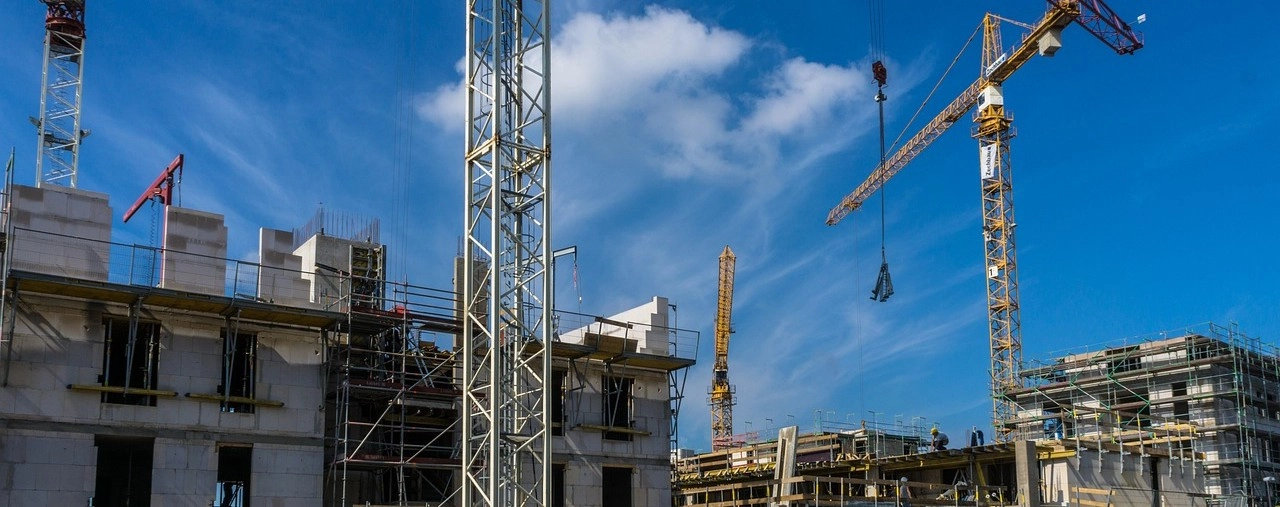
When it comes to assessing and certifying the sustainability of buildings, several tools are widely used. Among the best known are BREEAM (Building Research Establishment Environmental Assessment Method) and LEED (Leadership in Energy and Environmental Design). In addition to these, there are regional and national initiatives such as Ireland’s Home…
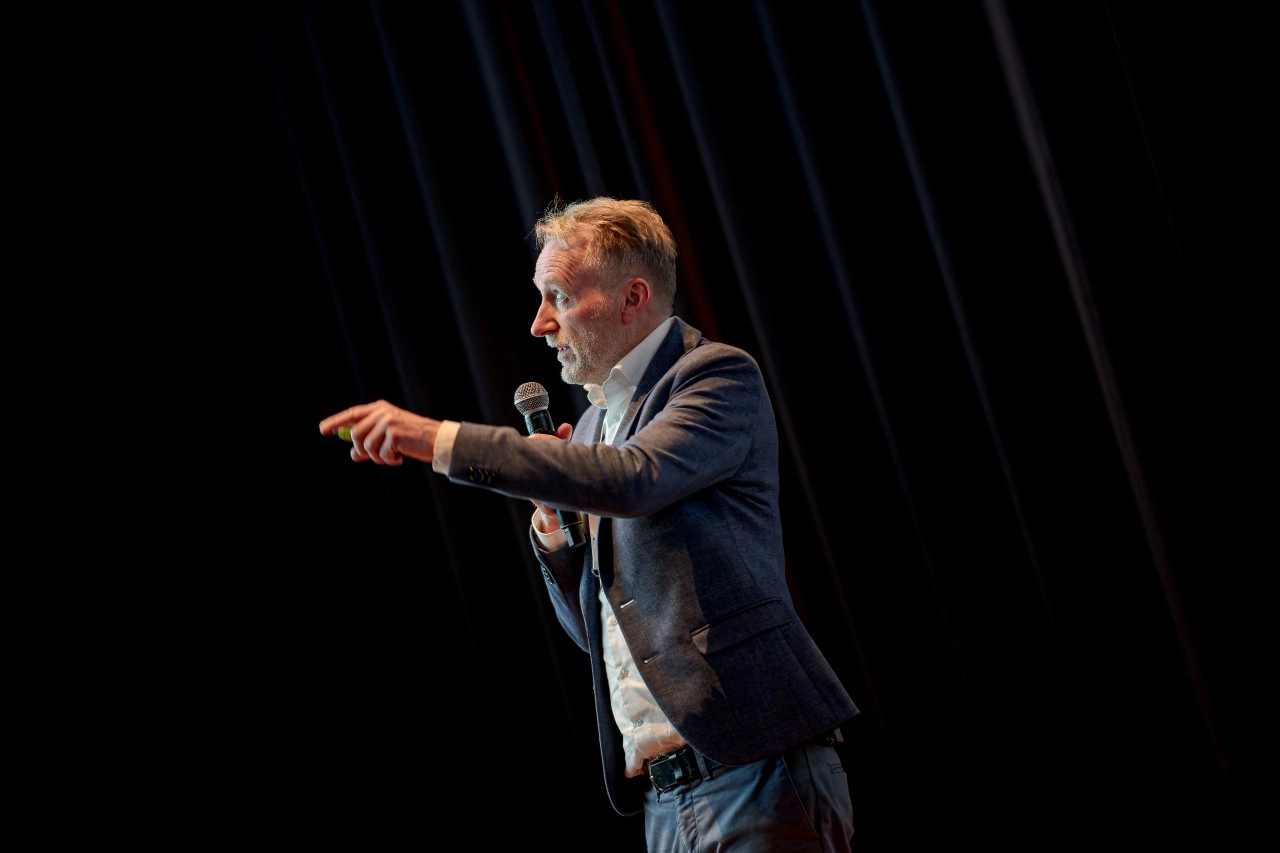
The arrival of version 4.0 of the CO2 Performance Ladder also has implications for using the Ladder as an award criterion in tenders, although the changes are very limited. In this blog, we explain what the transition from version 3.1 to 4.0 means for procurement and when tenders with version…

The EcoVadis rating system and the CO₂ Performance Ladder (the Ladder) are two effective tools for organisations seeking to tackle climate change and reduce carbon emissions. While they share common objectives, their approaches, scope, and practical applications differ. This article offers a detailed comparison to help organisations understand how…

CO2 Performance Ladder 4.0 aims to align as closely as possible with international standards and legislation, such as the Corporate Sustainability Reporting Directive (CSRD) and the Science Based Targets initiative (SBTi). But what exactly is their relationship between them? Where do they differ or converge? In this blog, we discuss…

To halt climate change, the EU has set ambitious targets for the reduction of CO2 emissions. Through various directives, these targets are translated into concrete rules and requirements for countries, sectors and industries. Many of these directives are closely linked to the CO2 Performance Ladder. In this blog, we list…
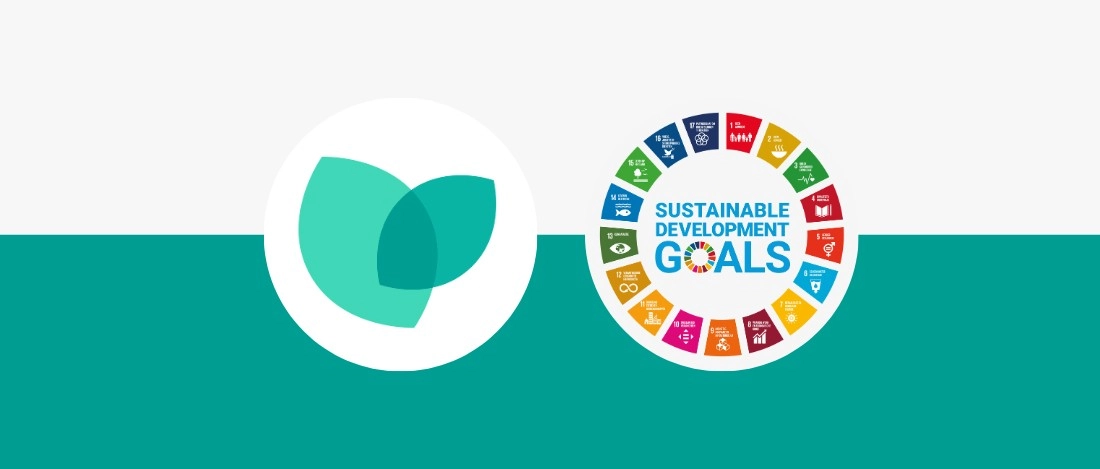
The Sustainable Development Goals aim to combat poverty, climate change and inequality worldwide, among other things. Reducing CO2 emissions plays an important role in this. By working with the CO2 Performance Ladder, your organisation can contribute to achieving various SDGs. In this blog, we explain what the SDGs are and…
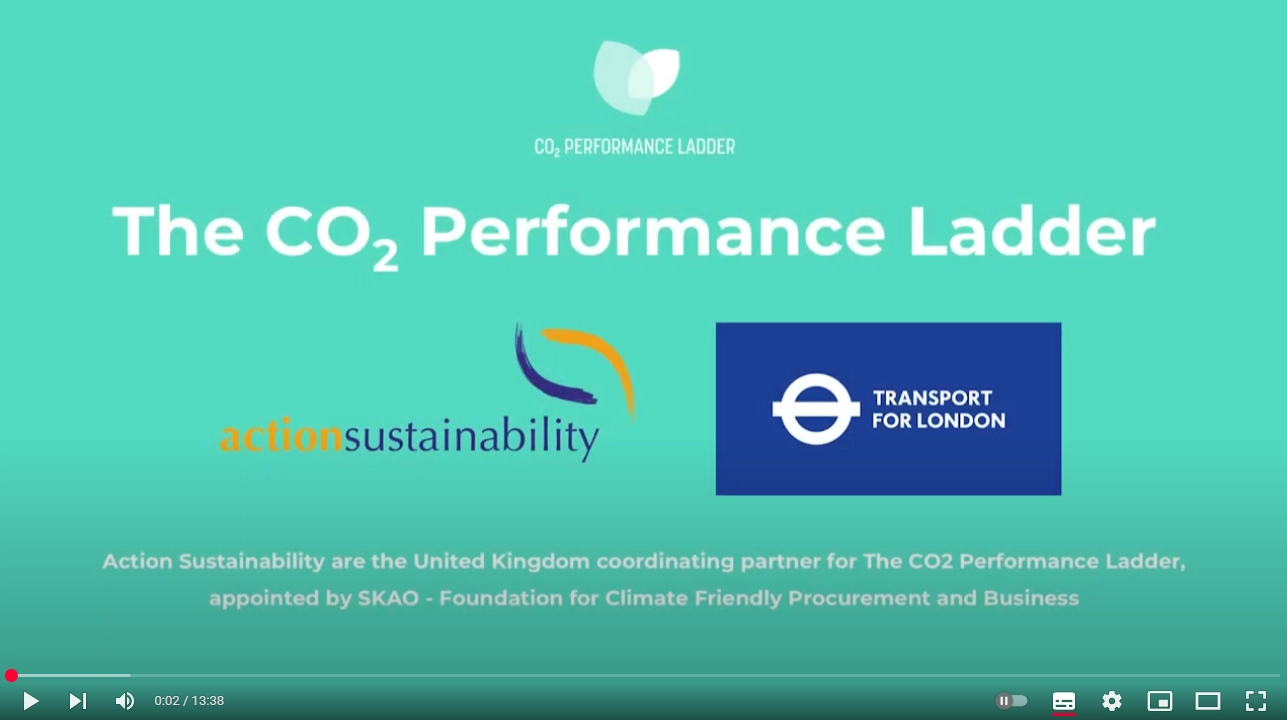
Transport for London (TfL), the integrated transport authority responsible for the operation and improvement of London’s transport network, is currently testing the use of the CO2 Performance Ladder in the UK. In a podcast hosted by UK partner Action Sustainability, Anna Fish and Henry Yeomans of TfL talk…

As the urgency to address climate change grows, organisations face a growing number of tools designed to help them reduce their carbon footprint. Two such tools, the Science-Based Targets initiative (SBTi) and the CO2 Performance Ladder, are well-regarded for their ability to guide organisations toward meaningful emissions reductions. While these…
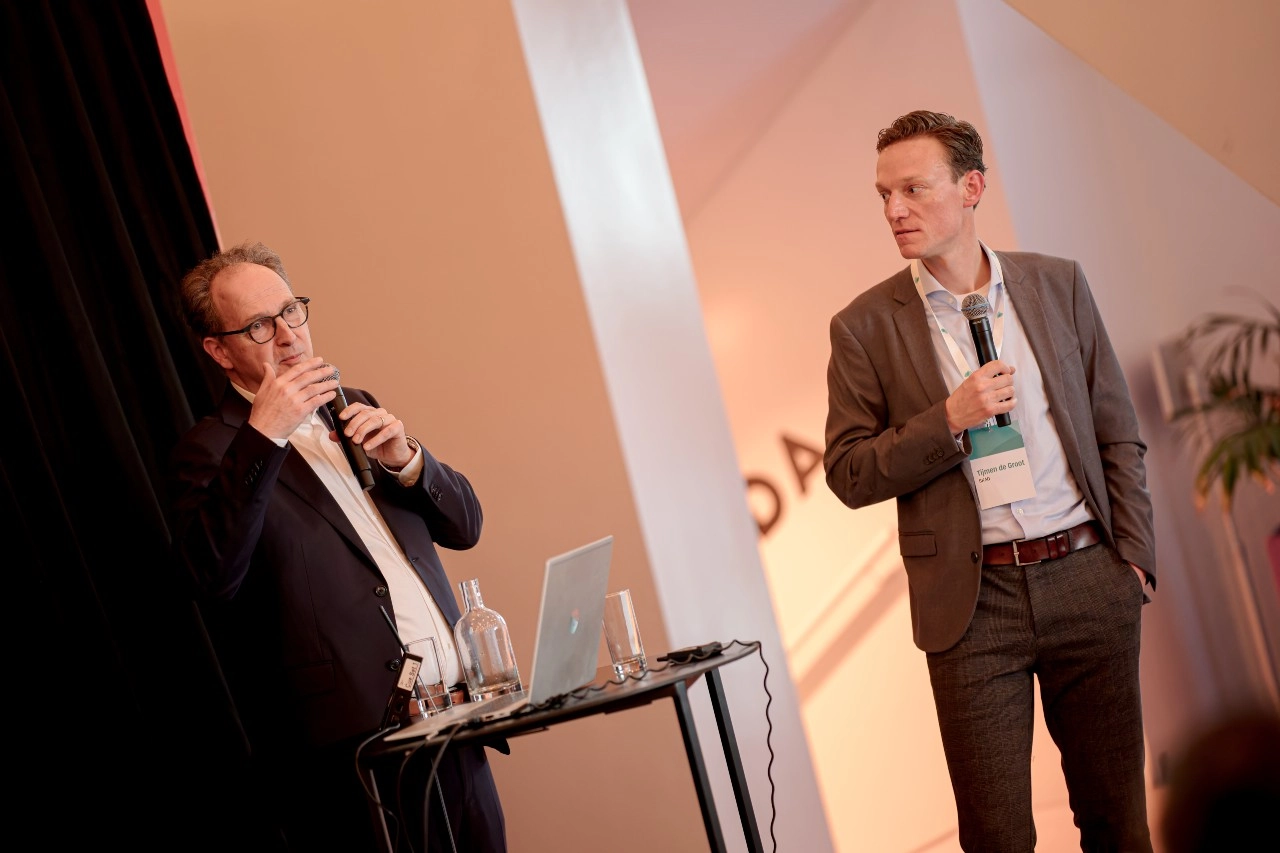
Step 2 and 3 are the highest steps of the CO2 Performance Ladder version 4.0. Both focus on CO2 reduction with the supply chain and even beyond. Step 3 requires the most ambitious targets and plans. In this blog, we explain which requirements apply to Step 2 and 3 and…
Recevoir newsletter ?
Souhaitez-vous recevoir tous les deux mois des mises à jour, des exemples de projets et des informations sur l’Échelle de Performance CO2 ? Inscrivez-vous à notre newsletter !
« * » indique les champs nécessaires